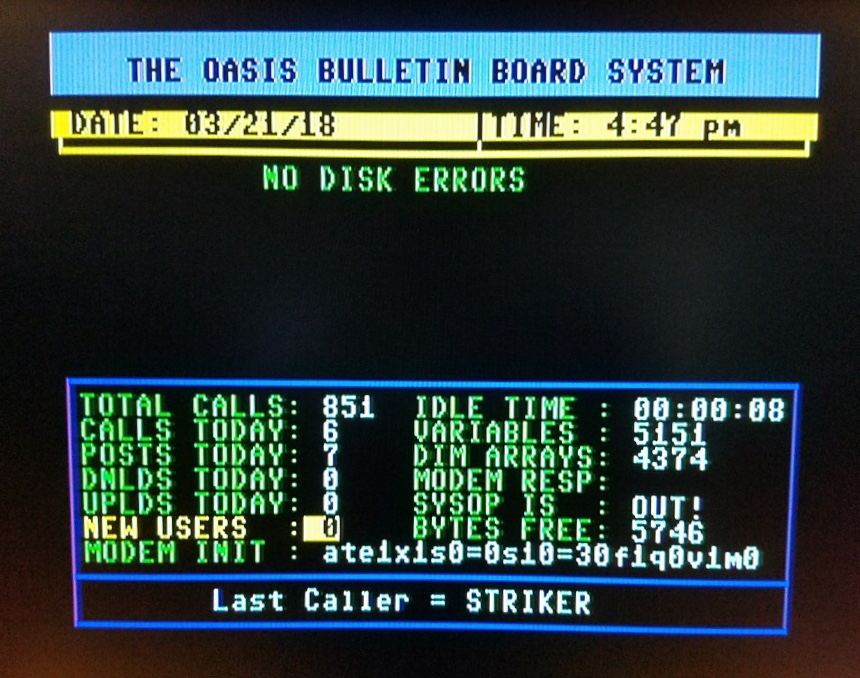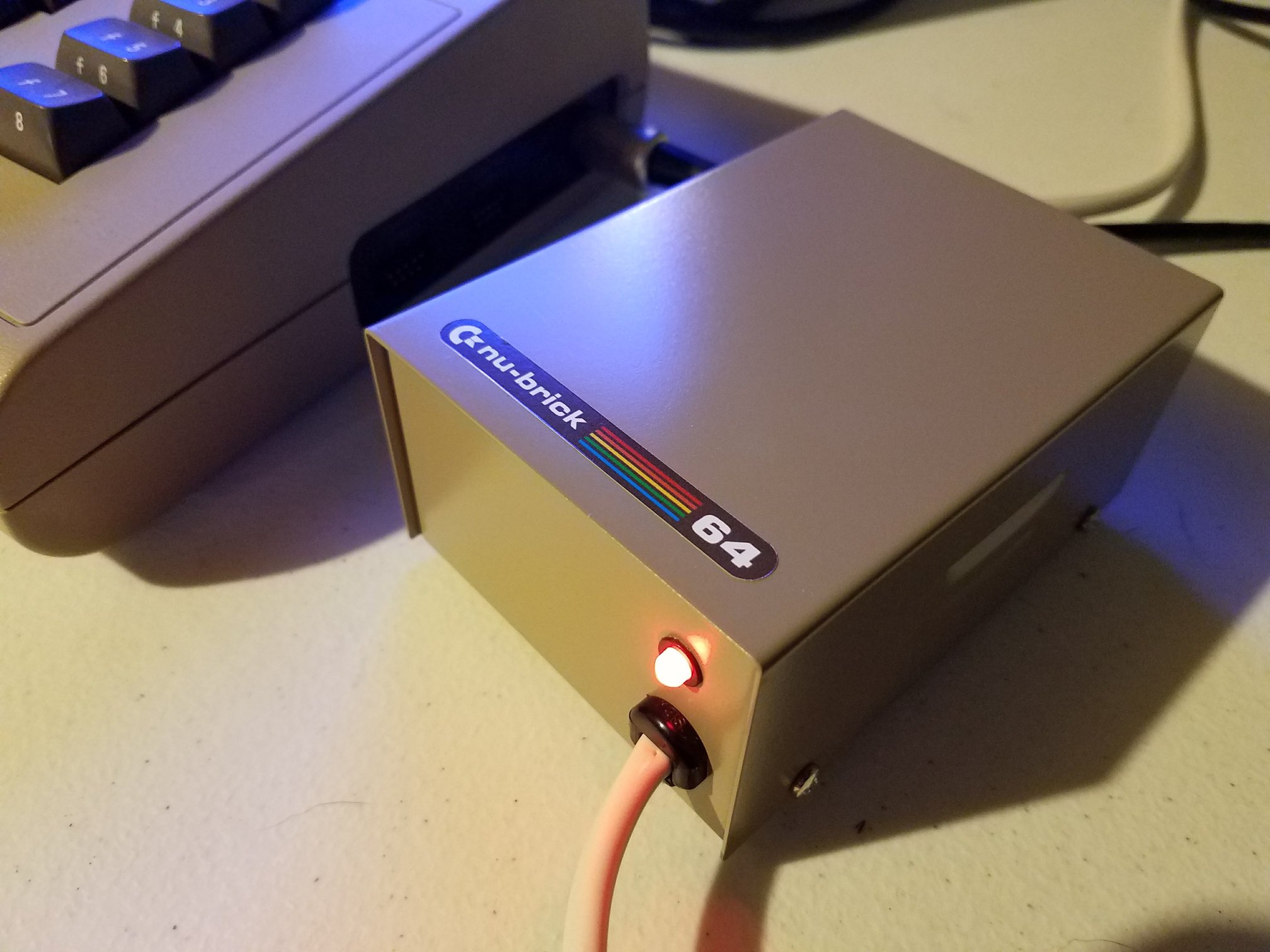Piers Rocks returns with an in-depth look at his latest project — the RP2350 One ROM with USB support. This video documents how he rebuilt the original two-layer board into a more capable and compact design. With tight constraints and complex routing, the new version adds USB connectivity and an extra image select jumper.
From the start, Piers explains how this redesign pushes the RP2350’s limits. The goal is simple: create a USB-equipped board without sacrificing performance or accessibility. Yet, every millimeter matters, making this one of his most challenging PCB layouts so far.
Updating the Schematic and Adding USB
The video begins with schematic updates. Piers adds USB circuitry, integrates power-handling diodes, and revises the VBUS detection logic. He carefully explains why each component matters and how it affects board stability.
Next, he adapts the STM32-based USB system to the RP2350. This step involves reassigning GPIO pins, optimizing voltage flow, and adding protective resistors. Each change reflects his focus on precision and efficient design.
Transitioning from schematic to layout, Piers details how even minor routing decisions can shape the final board. His narration turns a technical process into a lesson on engineering problem-solving.
Laying Out the New PCB
Once the schematic is complete, Piers begins the physical layout. He rotates the RP2350 chip by 180 degrees, rearranges the supporting circuitry, and carefully positions components to fit the micro USB connector. The process highlights how limited space demands creative solutions.
He adjusts traces, fine-tunes the ground plane, and reworks connections to improve signal flow. Each move reflects the constant trade-off between design flexibility and physical limits.
Finishing Touches and Fabrication
As the project nears completion, Piers reviews the final RP2350 One ROM board. He checks clearances, tidies the silk screen, and runs a full design rule verification. After passing every check, he prepares the red “Fire Board” version for fabrication.
The finished PCB features four image select jumpers, USB power detection, and improved routing for reliability. It’s a compact yet elegant solution for retro hardware fans.
To explore the full project and download resources, visit onerom.org.







